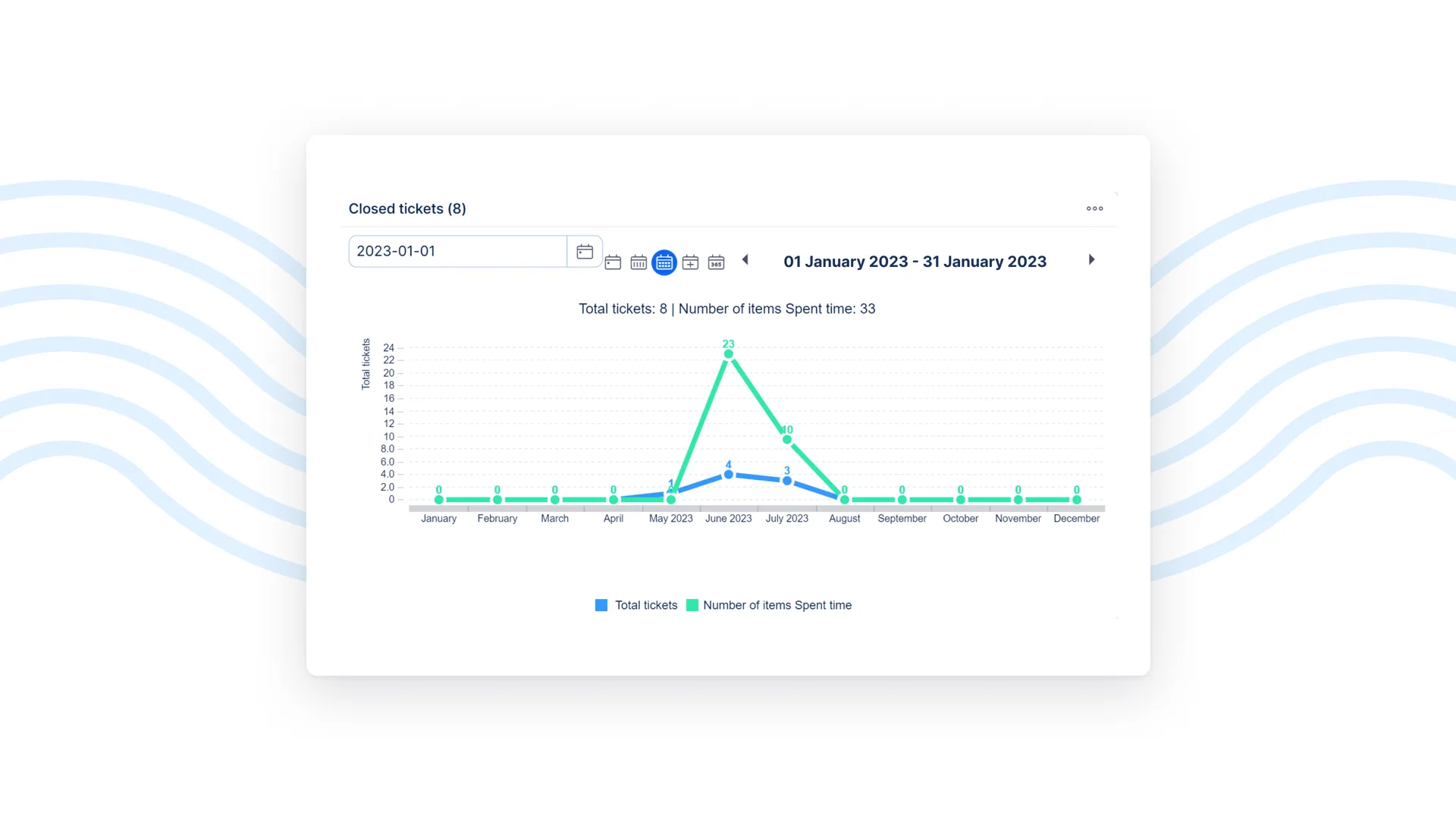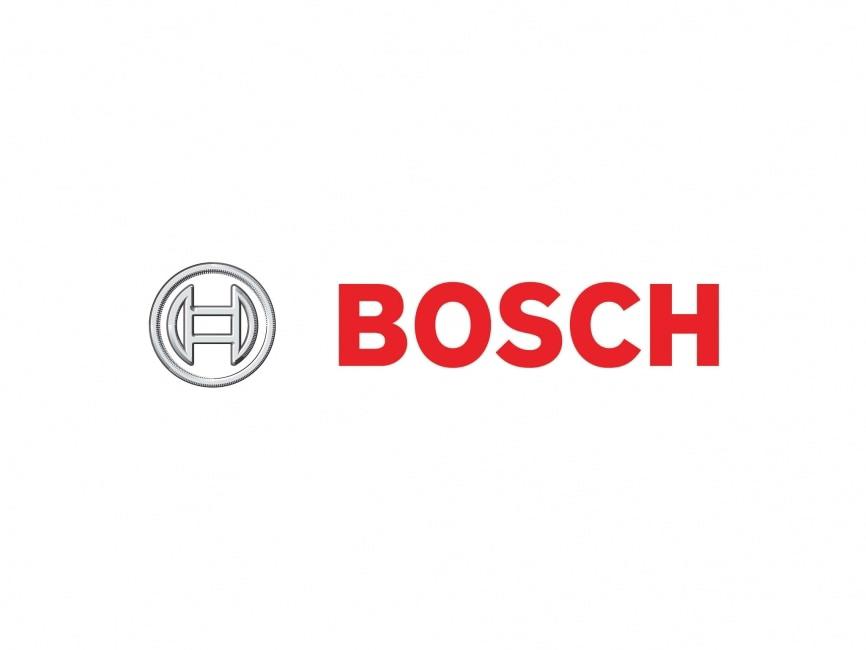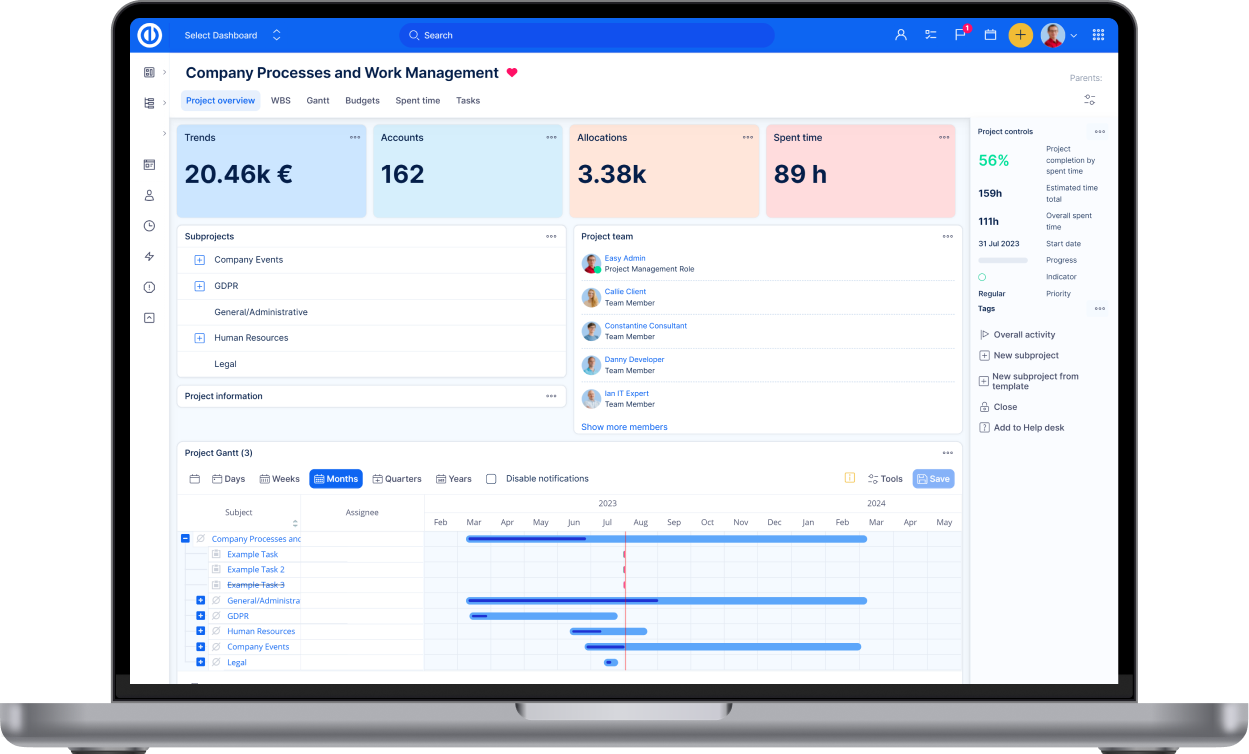UBC replaced Basecamp with Easy Redmine to streamline helpdesk and knowledge sharing
Manufacturing
2025
Jesenice u Prahy, Czech Republic
25
Internal support, operations, HR, and onboarding teams
UBC s.r.o., a leader in bathroom solutions across Central Europe, transitioned from Basecamp to Easy Redmine to manage internal tickets, preserve knowledge, and bring structure to cross-team communication. With cloud deployment, SLA tracking, and a modern Knowledge Base, the company now empowers its support agents and new hires alike with clarity, access, and control.
Initial situation and challenges
Prior to Easy Redmine, UBC relied on Basecamp to manage internal tasks and communication.
While effective for basic collaboration, it lacked:
- Granular permission management
- SLA tracking and analytics
- Integration with company roles and hierarchy
Support requests were handled entirely via email, with no centralized system for logging, assigning, or following up on tickets. This resulted in knowledge loss, long email threads, and no traceability for recurring issues.
Additionally, the absence of a structured knowledge base made it difficult to onboard new employees or preserve critical know-how.
Migration from Basecamp to Easy Redmine
The migration from Basecamp involved:
- Setting up a multi-channel HelpDesk (email + forms) with SLA tracking
- Configuring user roles and departments for targeted task visibility
- Deploying a structured Knowledge Base used both for operational documentation and employee onboarding
- Supporting users with e-learning resources and tailored training sessions
Technical issues during deployment
UBC’s admin team encountered several minor challenges early on, including:
- Difficulty setting up the mailbox for ticket intake, which was later resolved through hands-on support
- A language translation error on the Help Desk dashboard in language localisation (Czech) was quickly addressed
- A platform-level bug with image uploads in the Knowledge Base was resolved by the development team
Results and benefits
UBC now uses Easy Redmine as a centralized hub for support requests, project planning, and internal knowledge.
Key improvements include:
- A complete ticket history with SLA tracking and agent accountability
- Structured onboarding materials for new employees with custom access rights
- Fewer emails and faster resolutions for internal support
- Real-time dashboard views for management and department heads
- Ability to scale toward agile workflows and CRM integrations in future phases
Jiří Traxler
The most used functions in Easy Redmine
1. HelpDesk – replaced email threads with SLA-based internal ticketing
2. Knowledge Base – used for structured documentation, onboarding, and approvals
3. Dashboards – allow team leads to monitor resolution times, request types, and workloads
4. Permission settings – ensures users only see what’s relevant to their role

Helpdesk ITSM chart showing closed tickets and time spent
About the customer
UBC s.r.o. is a Czech manufacturing and distribution group established in 1991. It focuses on high-quality bathroom solutions under renowned brands such as SAPHO, AQUALINE, and BRUCKNER. The company operates multiple subsidiaries, including POLYSAN s.r.o., LOREMA Wellness s.r.o., and SAPHO Manufactory s.r.o., serving both B2B and B2C markets across Central and Eastern Europe.
With ~170 employees, UBC emphasises product quality, design, and customer support. As the business scaled, so did the demand for a robust internal ticketing and knowledge-sharing system.
Related case studies

Bosch optimized project planning for 4,400‑employee plant by automating Excel workflows
Manufacturing
Production teams at Bosch Diesel gained clearer timelines and faster project tracking after moving from scattered spreadsheets to a unified system.

Case study of Murrelektronik: Streamlining complex project management with Easy Redmine
Decentralized Automation Manufacturer
Murrelektronik, a global leader in industrial automation solutions, faced growing complexities in managing large-scale projects across multiple departments and international teams.
To enhance visibility, streamline processes, and ensure timely project delivery, they required a flexible, robust solution—deployed on-premises to uphold stringent data security standards.

